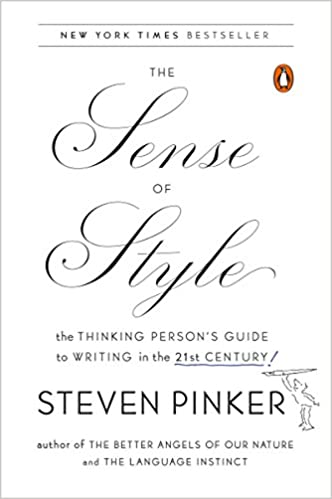Publications by Type: Journal Article
2000
1999
According to the ‘word/rule’ account, regular inflection is computed by a default, symbolic process, whereas irregular inflection is achieved by associative memory. Conversely, pattern- associator accounts attribute both regular and irregular inflection to an associative process. The acquisition of the default is ascribed to the asymmetry in the distribution of regular and irregular tokens. Irregular tokens tend to form tight, well-defined phonological clusters (e.g. sing-sang, ring-rang), whereas regular forms are diffusely distributed throughout the phono- logical space. This distributional asymmetry is necessary and sufficient for the acquisition of a regular default. Hebrew nominal inflection challenges this account. We demonstrate that Hebrew speakers use the regular masculine inflection as a default despite the overlap in the distribution of regular and irregular Hebrew masculine nouns. Specifically, Experiment 1 demonstrates that regular inflection is productively applied to novel nouns regardless of their similarity to existing regular nouns. In contrast, the inflection of irregular sounding nouns is strongly sensitive to their similarity to stored irregular tokens. Experiment 2 estab- lishes the generality of the regular default for novel words that are phonologically idiosyn- cratic. Experiment 3 demonstrates that Hebrew speakers assign the default regular inflection to borrowings and names that are identical to existing irregular nouns. The existence of default inflection in Hebrew is incompatible with the distributional asymmetry hypothesis. Our find- ings also lend no support for a type-frequency account. The convergence of the circumstances triggering default inflection in Hebrew, German and English suggests that the capacity for default inflection may be general.
1998
The vast expressive power of language is made possible by two principles: the arbitrary sound- meaning pairing underlying words, and the discrete combinatorial system underlying grammar. These principles implicate distinct cognitive mechanisms: associative memory and symbol- manipulating rules. The distinction may be seen in the difference between regular inflection (e.g., walk-walked), which is productive and open-ended and hence implicates a rule, and irregular inflection (e.g., come-came, which is idiosyncratic and closed and hence implicates individually memorized words. Nonetheless, two very different theories have attempted to collapse the distinction; generative phonology invokes minor rules to generate irregular as well as regular forms, and connectionism invokes a pattern associator memory to store and retrieve regular as well as irregular forms. I present evidence from three disciplines that supports the traditional word/rule distinction, though with an enriched conception of lexical memory with some of the properties of a pattern-associator. Rules, nonetheless, are distinct from pattern- association, because a rule concatenates a suffix to a symbol for verbs, so it does not require access to memorized verbs or their sound patterns, but applies as the "default," whenever memory access fails. I present a dozen such circumstances, including novel, unusual-sounding, and rootless and headless derived words, in which people inflect the words regularly (explaining quirks like flied out, low-lifes, and Walkmans). A comparison of English to other languages shows that contrary to the connectionist account, default suffixation is not due to numerous regular words reinforcing a pattern in associative memory, but to a memory-independent, symbol-concatenating mental operation.
1997
Language comprises a lexicon for storing words and a grammar for generating rule-governed forms. Evidence is presented that the lexicon is part of a temporal-parietalhnedial-temporal “declarative memory” system and that granlmatical rules are processed by a frontamasal-ganglia “procedural” system. Patients produced past tenses of regular and novel verbs (looked and plagged), which require an -ed-suffixation rule, and irregular verbs (dug), which are retrieved from memory. Word-finding difficulties in posterior aphasia, and the general declarative memory impairment in Alzheimer’s disease, led to more errors with irregular than regular and novel verbs. Grammatical difficulties in anterior aphasia, and the general impairment of procedures in Parkinson’s disease, led to the opposite pattern. In contrast to the Parkinson’s patients, who showed suppressed motor activity and rule use, Huntington’s disease patients showed excess motor activity and rule use, underscoring a role for the basal ganglia in grammatical processing.
1996
What kind of categories to human concepts represent?


